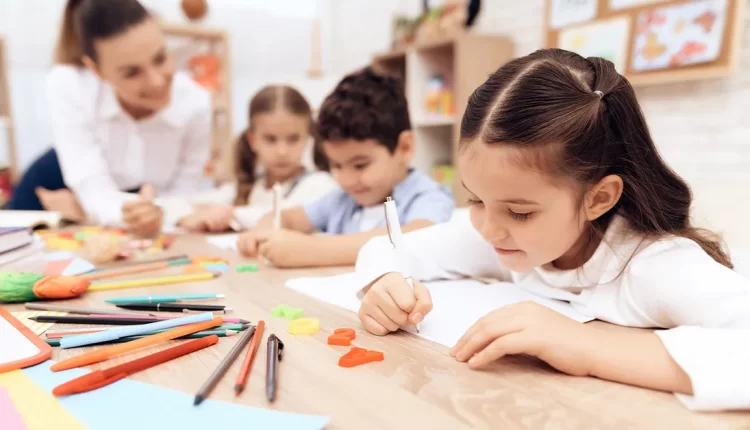Child’s early education for the modern lifestyle
Early education is a crucial period in a child’s development, laying the foundation for their future learning and success. However, the modern lifestyle presents a unique set of challenges and opportunities for early education. This article will explore how to navigate these challenges and take advantage of the opportunities to provide children with a high-quality early education experience.
Table of Contents
Challenges in early education
Technology can enhance the learning experience for children by using digital tools and resources in the classroom. However, it is essential to balance the benefits of technology with the potential drawbacks, such as screen time and social isolation. It is necessary to find a healthy balance and ensure that children have access to a variety of learning experiences, both digital and hands-on.
Another critical consideration in early modern education is hands-on, experiential learning. Hands-on activities and field trips equip children to engage with the world around them and make real-world connections to the concepts they are learning. These experiences can be valuable in the modern world, where children are bombarded with information from screens and other digital sources.
Role of Technology in Modern Early Education
Technology has the potential to enhance the learning experience for children in early education with the benefit of digital instruments and resources in the classroom. These tools can provide children access to a wealth of information and interactive learning opportunities previously unavailable. For example, children can use tablets or computers to access educational games and apps, watch educational videos, or communicate with their classmates and teachers through online platforms.
However, it is essential to balance the benefits of technology with the potential drawbacks. It is important to consider how much screen time children are exposed to in the classroom when using technology. Excessive screen time has been connected to adverse health outcomes, including obesity, sleep problems, and social isolation. Educators need to limit screen time and ensure that children have access to an assortment of learning experiences, both digital and hands-on.
Another potential drawback of technology in the classroom is the potential for social isolation. While online communication can be a valuable tool for connecting with classmates and teachers, it is essential to ensure that children have face-to-face interaction and collaboration opportunities.
Importance of Hands-On, Experiential Learning
Hands-on, experiential learning is a valuable component of early education. It allows children to engage with the world around them and make real-world connections to the concepts they are learning. The experience of learning can take many forms, including field trips, science experiments, art projects, etc.
One of the main benefits of hands-on, experiential learning is that it helps to engage children’s natural curiosity and creativity. When children can explore and discover new things independently, they are more likely to be encouraged and engaged in their learning. It can help to foster a love of learning that can last a lifetime.
In addition to engaging children’s curiosity and creativity, hands-on, experiential learning can also help to improve academic performance. Analyses have shown that youngsters who participate in hands-on, experiential learning activities tend to perform better on tests and have higher levels of material retention.
Promoting Social-Emotional Development
It is essential to focus on social-emotional development in the modern classroom. Social-emotional skills, such as empathy, communication, and conflict resolution, are increasingly necessary in today’s world and can influence a child’s future success.
There are many strategies that educators can use to promote social-emotional development in the classroom. One approach is through collaborative projects with the possibility to work together, communicate, and resolve conflicts. These kinds of projects can be valuable in the modern world, where teamwork and collaboration are essential skills.
Another strategy is using mindfulness procedures, such as contemplation and yoga, which can support children in developing self-regulation and emotional awareness. Practices of mindfulness, such as meditation and yoga, can be included in the classroom through brief exercises or activities at the start or end of the school day.
Social-emotional learning curricula are another way to promote social-emotional development in the classroom. These curricula provide structured lessons and activities that teach children social-emotional skills, such as how to identify and express their emotions, understand and respond to the feelings of others, and how to manage and resolve conflicts.
Final Thoughts
Early education for children in the modern world should focus on preparing them for the challenges and options of the 21st century. It means teaching them the skills they need to succeed in a global economy and helping them to develop the critical thinking and problem-solving skills that will be essential in their future lives.


